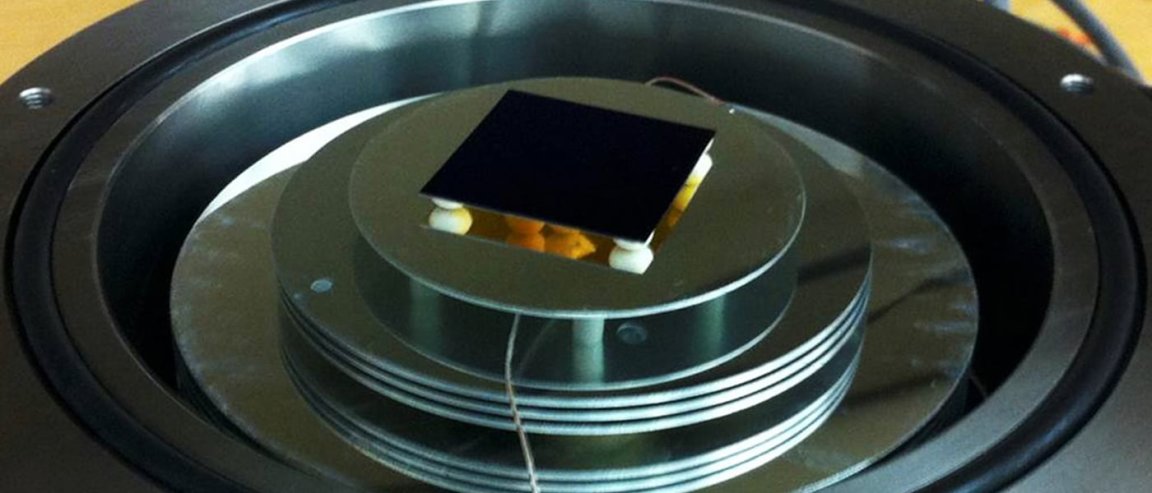
Outer-Space Heater
Researchers from Stanford University have published a paper showing how it’s possible to deliver high performance cooling by beaming heat into space. The study, published in Nature Communications, shows how “radiative cooling” could be used to reduce temperatures by a substantial amount—up to 42.2 °C cooler than the air surrounding it.
According to New Scientist, the technology works by placing a thermal emitter—a device that gives out more heat than it takes in—within a vacuum to decouple it from the surrounding environment and to prevent it from transferring heat due to conduction or convection. The emitter is also designed to emit heat at specific wavelengths that allow it to pass into the atmosphere without being bounced back to Earth. A special window on top of the vacuum chamber allows the heat to radiate from it.
And it’s quick, too. After a half hour of the device beaming heat into space, the emitter’s temperature fell 40 °C below the ambient air temperature.
A significant drawback of the device is that it requires a clear patch of sky to operate correctly. Any clouds in the way of the heat radiation prevent it from proceeding into space, bouncing it back to Earth to “almost eliminate the effect of radiative cooling.”

Practical Magic
The authors envision a wide range of applications for the technology, including “passive building cooling, renewable energy harvesting from the universe, and refrigeration in arid regions.” However, cost is a concern when it comes to scaling up the technology to fit these practical uses. The material which makes the window, zinc selenide, is expensive. Fortunately, for applications where such low temperatures are not needed, cheaper, less effective materials can be substituted.
While the cost of the technology can easily be remedied for some applications, the interference of cloud cover is a more prohibitive limitation. The researchers have created a start-up to further study how this technology can be commercialized, but it is highly unlikely that it will come to replace all of our cooling devices.